If you’re gearing up for a home makeover in 2025, you might want to hit pause before diving into that trendy project you’ve seen all over social media. While personal style is always in fashion, some design trends have officially worn out their welcome—at least according to the experts. From faux finishes to clunky open shelving, interior designers are sounding the alarm on home projects that may do more harm than good. Here are 12 home upgrades they wish you’d leave behind this year—for the sake of style, function, and future resale value.
1. Excessive Open Shelving
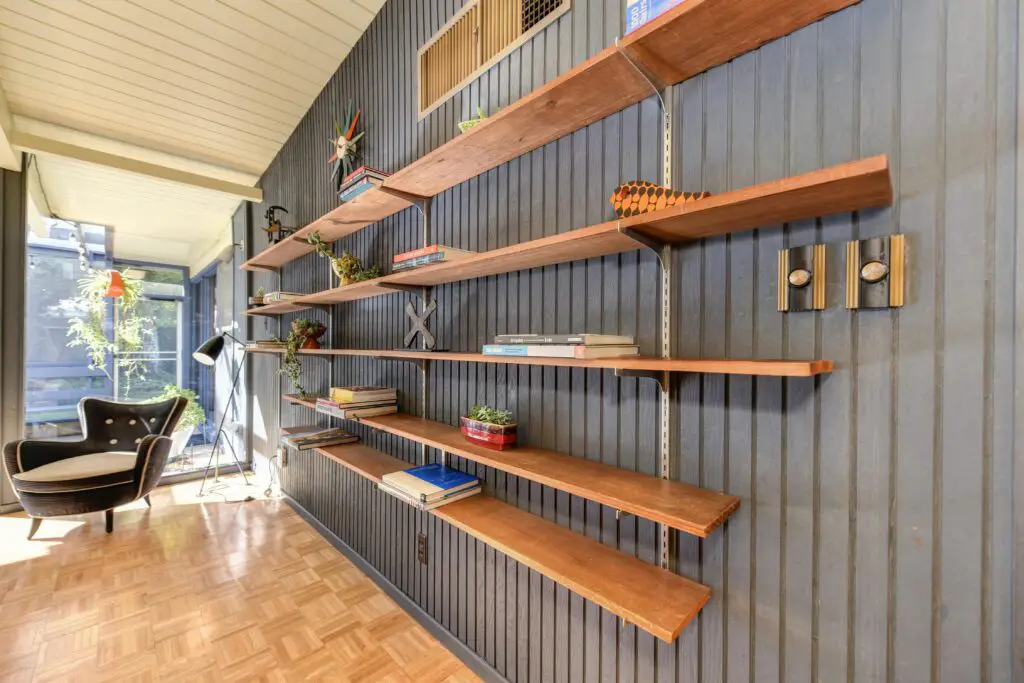
Open shelving has been a trendy choice for kitchens and bathrooms, but its appeal has started to wear thin. While open shelves provide an opportunity for display, they also require constant maintenance to keep everything looking tidy. As reported by House Beautiful, cluttered open shelves can make a space feel chaotic rather than organized. Closed cabinetry offers a more streamlined and practical solution for most homes, keeping the room tidy and allowing for a more curated, less hectic feel.
Open shelving can quickly become a dumping ground for miscellaneous items, turning your kitchen into a cluttered eyesore. It’s also difficult to maintain and regularly clean, especially when items accumulate dust and grime. Instead of opting for open shelving, choose smart storage solutions like pull-out cabinets or built-in units that allow you to keep everything behind closed doors. This way, your kitchen can stay organized, visually pleasing, and functional without the constant upkeep that comes with open shelves.
2. Overuse of Granite Countertops
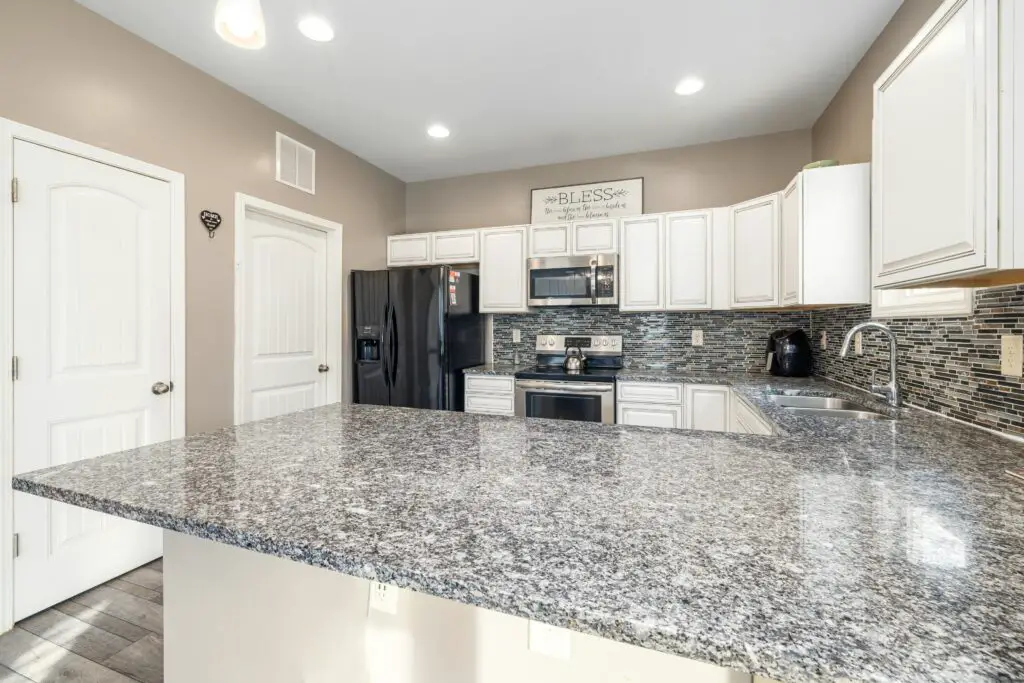
Granite countertops were once the epitome of luxury in kitchens, but their overuse has led to them becoming a dated option. While granite is durable, its appearance has become too common and lacks the distinctiveness it once had. According to HGTV, marble, quartz, and recycled materials are now considered more stylish alternatives, offering both functionality and a fresher look. These materials can also be more sustainable and come in a variety of colors and textures, giving your kitchen a more modern feel.
Granite is heavy and can be challenging to maintain, especially if you’re not properly sealing the surface. In addition, its often predictable patterns and colors can make it feel less unique compared to newer materials. With so many high-quality alternatives available, there’s no need to stick with granite when you can choose something more innovative and on-trend. Moving to a more varied countertop material can breathe new life into your kitchen and make it feel more contemporary.
3. Overly Themed Rooms
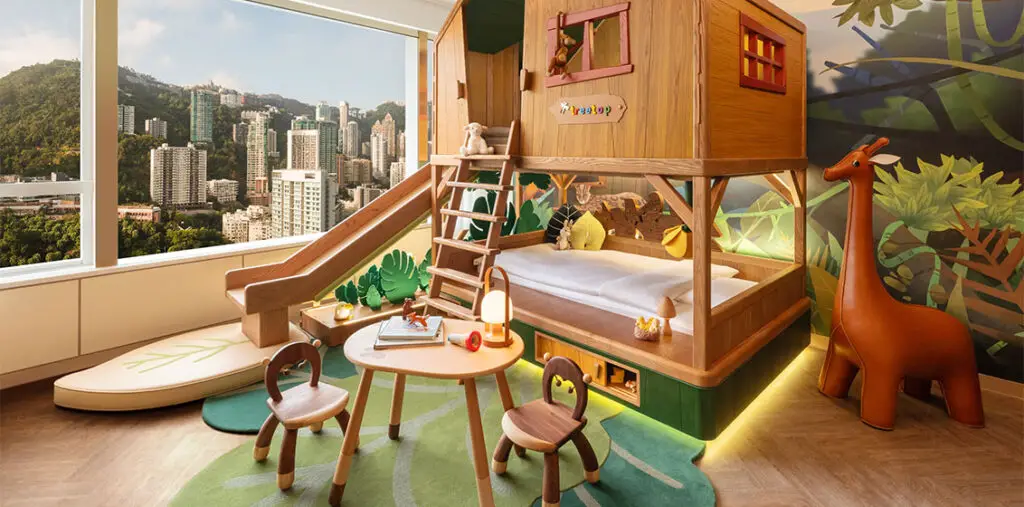
Gone are the days of overly themed rooms where every single detail has to fit a narrow concept. From nautical-inspired kitchens to jungle-themed bathrooms, these spaces feel forced and one-dimensional. According to Architectural Digest, these rooms lack personal style and can make a home feel less versatile and disconnected. Instead, create a cohesive design that blends different styles and allows for more flexibility and creativity in the space.
A balanced approach to design, mixing contemporary elements with timeless ones, creates rooms that reflect your personality without feeling like a set from a movie. Avoid limiting yourself to one strict theme that ties everything together. Instead, incorporate accessories, colors, and textures that tell a story without overpowering the room. This allows your home to feel dynamic and welcoming while still maintaining an organized and intentional aesthetic.
4. Faux Finishes
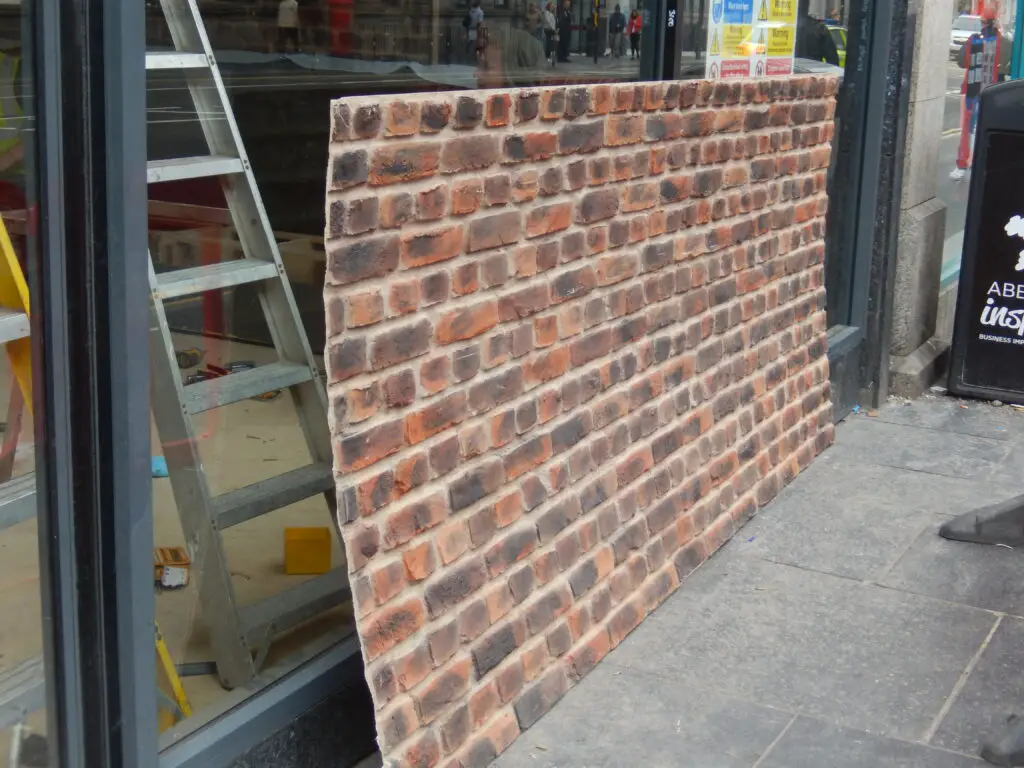
Faux finishes, such as faux wood paneling or faux brick, have long been used as affordable alternatives to their real counterparts. While they may seem like a cost-effective option at first, they often appear cheap and don’t provide the same timeless appeal as natural materials. According to Elle Decor, many people are moving toward genuine materials that offer both durability and elegance, like real wood, stone, and metal. Natural finishes will give your space a more luxurious and authentic look, helping it age better over time.
Faux materials can quickly deteriorate, which means they don’t stand the test of time. Real wood, stone, and other high-quality materials only improve with age and offer a lasting investment in your home’s overall design. Opting for these authentic finishes brings warmth and texture to a room that faux materials simply can’t replicate. By choosing natural elements, you enhance both the look and feel of your space while making a more sustainable design choice.
5. Farmhouse Style
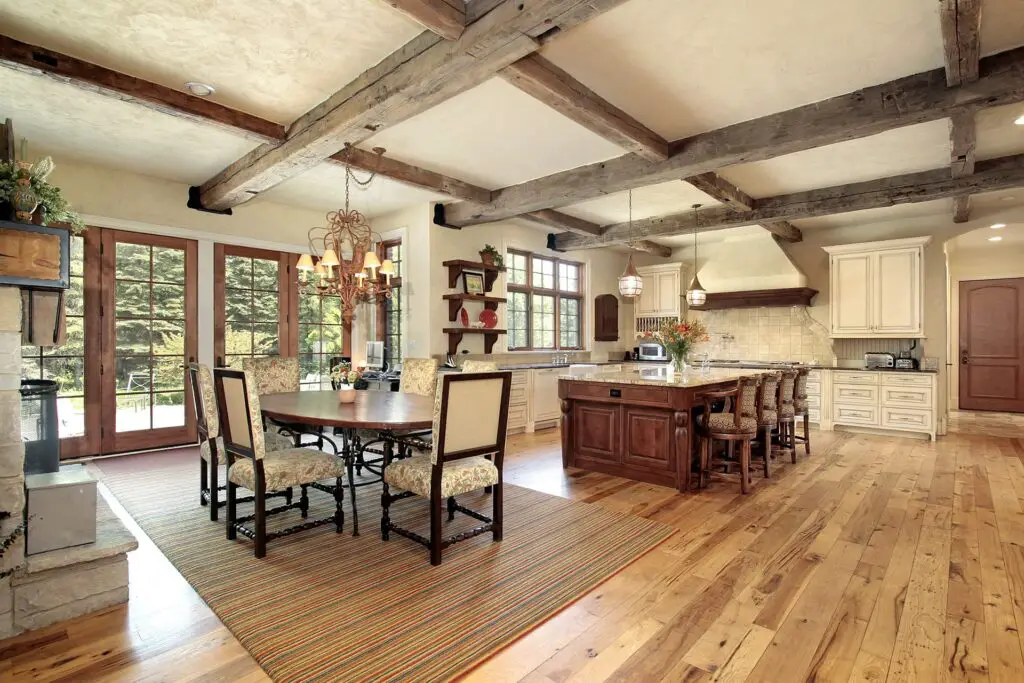
The farmhouse style became wildly popular in recent years, with its rustic elements and vintage-inspired designs filling homes. However, the style has reached its peak, and now it can often feel overdone and out of place. The overuse of barn doors, distressed wood, and mason jar decor has made the style feel tired and predictable. Moving away from farmhouse style allows you to embrace a more refined, modern aesthetic while still maintaining warmth and comfort in your home.
Instead of overloading your space with country-inspired decor, opt for a more updated version of rustic elegance. Choose clean lines, modern lighting, and quality materials like leather and metals to create a more sophisticated version of the rustic look. By ditching excessive farmhouse elements, you can achieve a more timeless and versatile style that still feels cozy and inviting without feeling stuck in the past.
6. Overly Saturated Colors
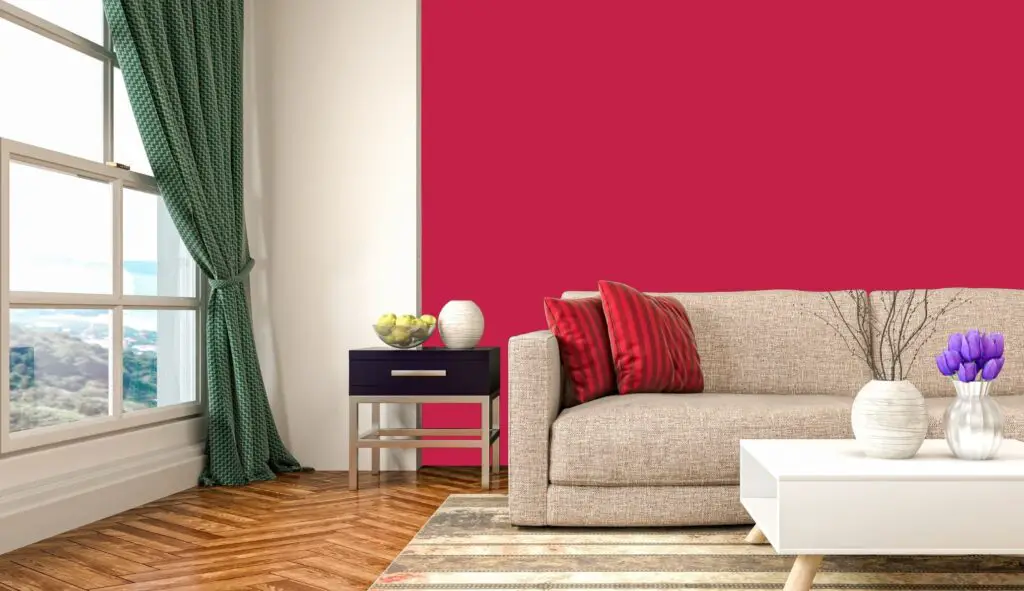
Bright, bold colors have their place in home decor, but using them excessively can overwhelm a space and make it feel smaller. The trend of painting entire rooms in deep, intense hues is slowly fading, as many people are opting for softer, more muted tones. Neutrals and earthy tones are more versatile and create a calming atmosphere, allowing for flexibility in styling. Soft colors like beige, soft grays, and pastels create a more serene environment while still offering room for pops of color through accessories and accents.
While saturated colors can make a bold statement, they often overpower the space and limit how you can decorate. For a more balanced and inviting feel, go for a neutral foundation and use vibrant accents to add energy. This approach allows you to experiment with bold colors without committing to an entire room of them, giving you more control over the vibe of your space. Neutrals provide a perfect backdrop for artwork, furniture, and decor that truly stand out without clashing.
7. Excessive Industrial Elements
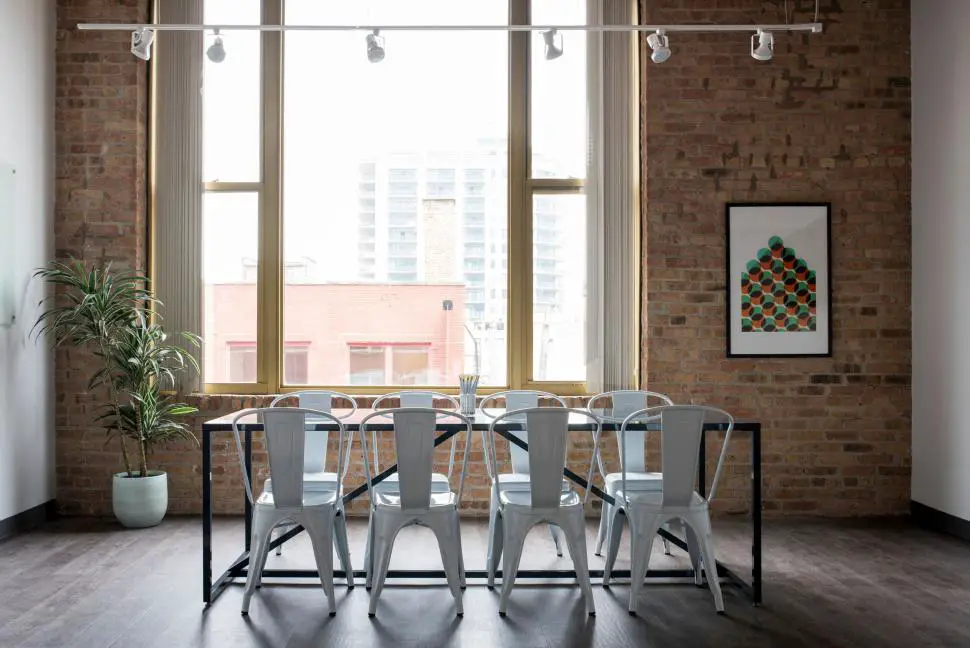
Industrial style, with its exposed pipes, metal fixtures, and concrete finishes, once felt cutting-edge and modern. However, its overuse in recent years has made it feel cold and impersonal. Industrial elements should be used sparingly to avoid overwhelming a space. Instead, opt for a more balanced approach, incorporating softer textures and natural materials alongside industrial touches.
While industrial design can add character, an overabundance of metal and concrete can make a space feel sterile and uninviting. Softening the look with plush furniture, wooden accents, and warmer tones can make the room feel more comfortable. By mixing in these elements, you can still maintain a sense of modernity without feeling like you’re living in a factory. Striking the right balance between industrial features and softer elements ensures your home remains stylish and livable.
8. Overly Ornamented Lighting Fixtures
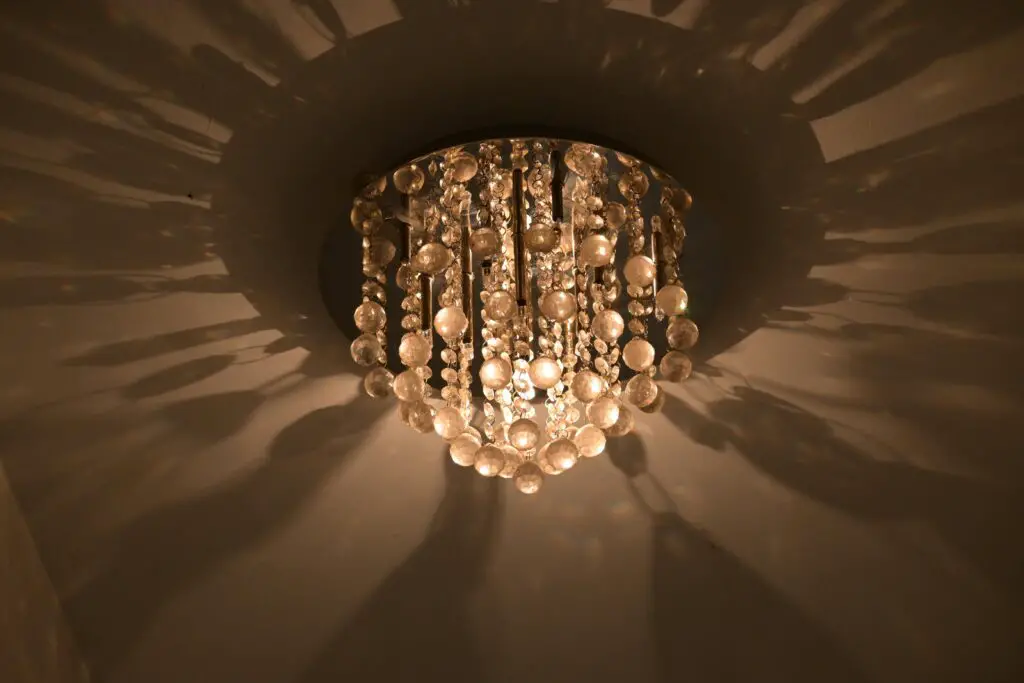
Lighting is a key part of interior design, but some overly ornate light fixtures have started to look out of place. Large, overly detailed chandeliers or pendant lights can draw too much attention and disrupt the balance of a room. Minimalist lighting with clean lines and simple designs is a better option for modern homes.
Lighting should complement a room, not dominate it. Simple, elegant fixtures can create a calming atmosphere while still providing ample illumination. Look for fixtures that provide function and form, avoiding excessive ornamentation. By keeping lighting fixtures understated yet stylish, you create a more refined and balanced look that supports the overall design of your space.
9. Overly Saturated Accent Walls
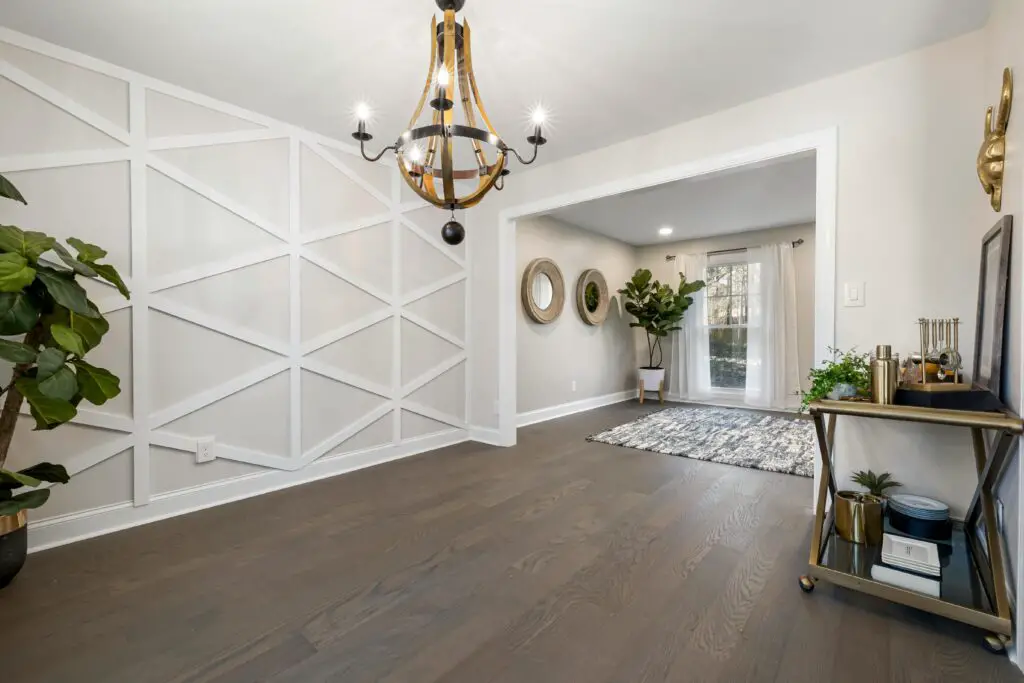
Accent walls were once considered a clever way to add color and depth to a room, but the trend is now beginning to feel dated. The idea of painting just one wall in a bold color can disrupt the flow of a room and make it feel unbalanced. It’s better to use accent colors throughout a room through decor and textiles, rather than relying on a single wall to make a statement.
By integrating accents of color throughout the room, you create a more cohesive and dynamic look that allows the space to feel more fluid. Instead of focusing on one bold wall, bring in color through throw pillows, artwork, or patterned rugs. This will help maintain a harmonious feel while still allowing you to introduce pops of personality and style.
10. Vinyl Flooring as a Long-Term Solution
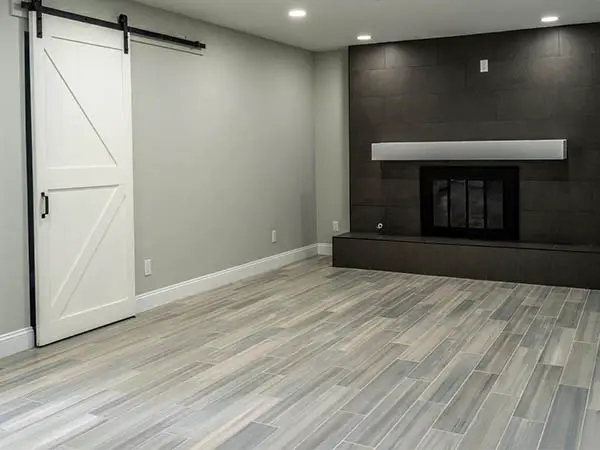
Vinyl flooring is often hailed as an affordable, low-maintenance option for homeowners looking to update their floors quickly. It’s a popular choice due to its resistance to stains, easy installation, and wide range of designs. However, while vinyl may seem like a great long-term solution, it often doesn’t stand the test of time. Over time, vinyl can discolor, peel, and warp, particularly in high-traffic areas or under direct sunlight. Even with proper care, vinyl can lose its sheen and durability, especially when compared to more resilient flooring options like hardwood or tile.
Moreover, vinyl is not as sustainable as other materials, as it’s made from synthetic plastics that aren’t biodegradable. The environmental impact of vinyl flooring, from production to disposal, can be significant, contributing to plastic waste in landfills. For homeowners who are looking for a more eco-friendly and long-lasting option, alternative flooring materials such as bamboo, cork, or high-quality ceramic tiles may be a better investment. Although vinyl can be cost-effective in the short run, it may lead to increased replacement costs and environmental concerns in the long term.
11. Neglecting the Importance of Outdoor Spaces
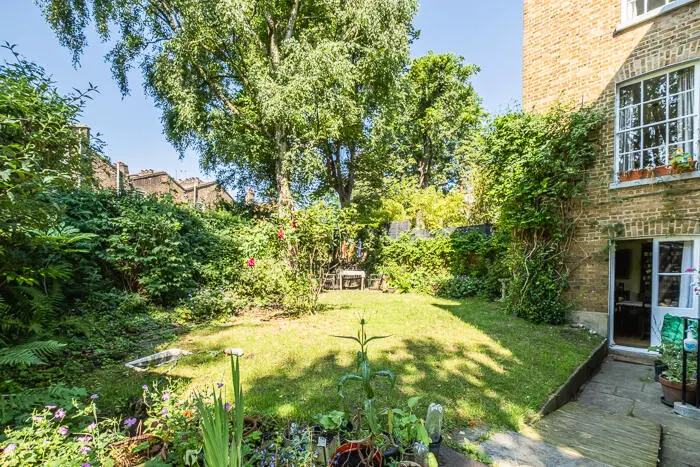
Home renovations often focus heavily on updating indoor spaces, leaving outdoor areas neglected or overlooked. This trend can be a missed opportunity, especially as outdoor living spaces have become an integral part of modern home design. Creating functional outdoor spaces like patios, gardens, or even simple green areas can significantly enhance a home’s appeal and livability. With more people spending time at home, especially after the pandemic, having a comfortable and inviting outdoor space is essential for relaxation and entertainment, offering a natural extension of the living environment.
Additionally, outdoor renovations can increase a home’s value. A well-designed backyard or patio can be a major selling point for potential buyers, especially in regions with favorable climates. Furthermore, investing in outdoor spaces doesn’t always have to be a major undertaking. Simple improvements, such as adding outdoor lighting, creating garden beds, or installing a fire pit, can make a significant difference without requiring a large budget. Ignoring these spaces means missing out on the full potential of a home, both in terms of enjoyment and property value.
12. Smart Home Gadgets Overload
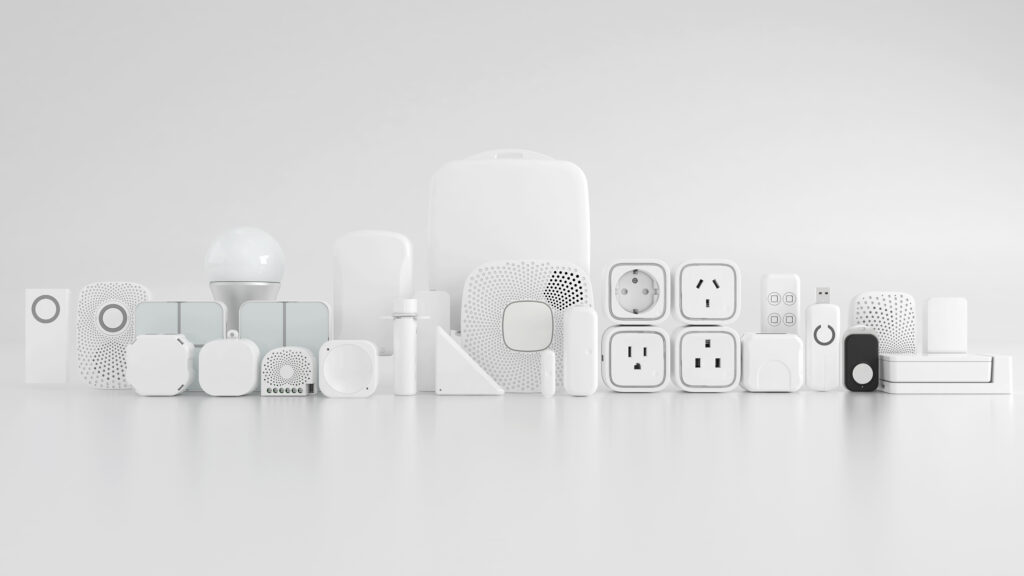
While smart home technology has revolutionized the way people interact with their living spaces, overloading a home with gadgets can lead to unnecessary complications. Smart thermostats, lights, security systems, and voice-controlled assistants are convenient, but when there are too many devices, it can create confusion and frustration. Compatibility issues may arise, with gadgets from different brands failing to work seamlessly together. Moreover, managing multiple devices often requires constant updates and troubleshooting, making it more of a hassle than a convenience. The initial allure of a fully automated home may fade quickly if the technology becomes more of a burden than a help.
Additionally, the increased reliance on smart devices raises concerns about privacy and security. Many smart home products are constantly collecting data, which can be vulnerable to cyberattacks if not properly secured. With more gadgets being connected to the internet, the risk of data breaches or unauthorized access grows. Homeowners may also find themselves trapped in a cycle of upgrading or replacing devices as technology evolves, further adding to the complexity and cost of maintaining a smart home. Rather than focusing on excessive automation, homeowners should carefully consider which devices truly add value to their lifestyle and whether they can integrate them without overwhelming the home environment.
